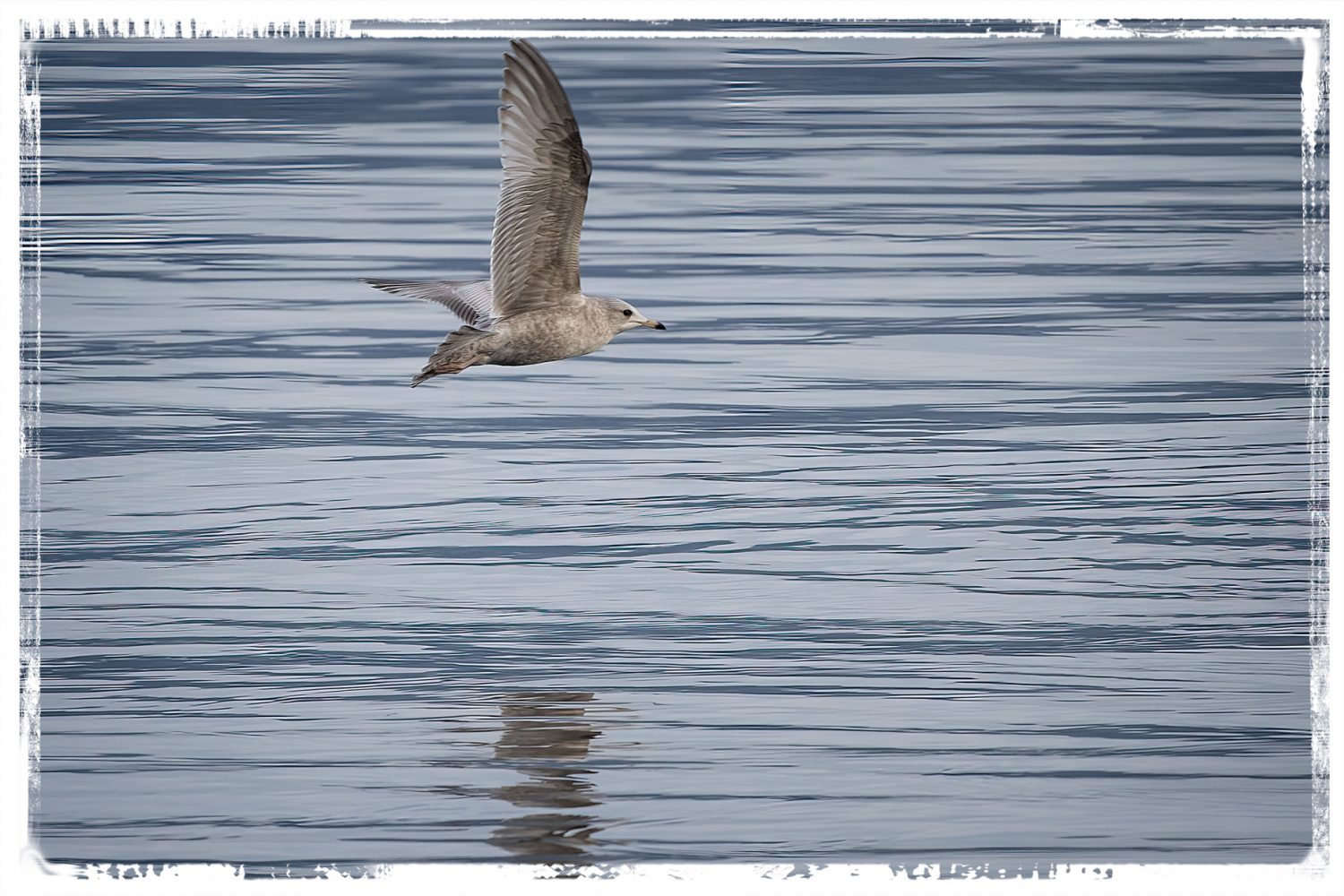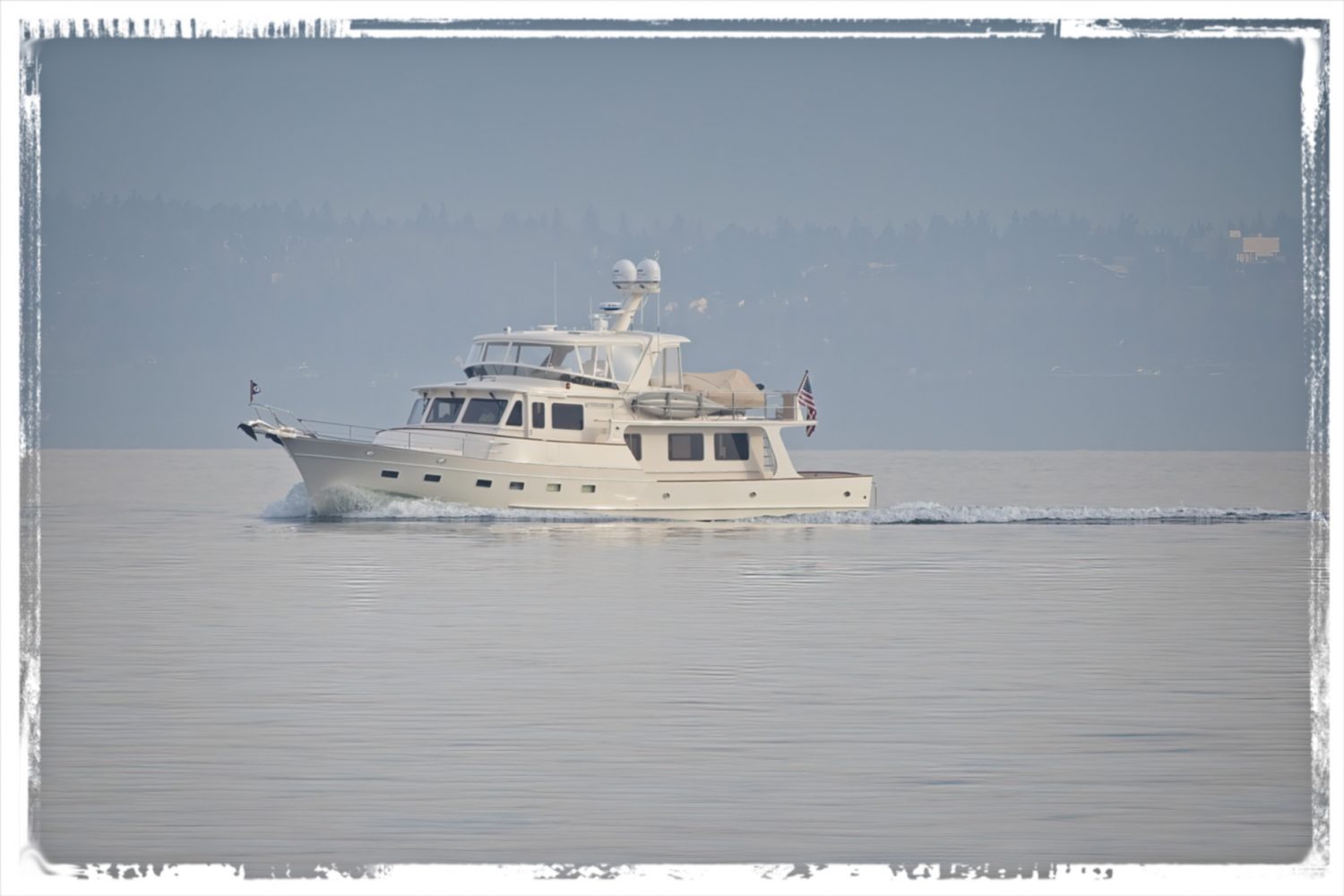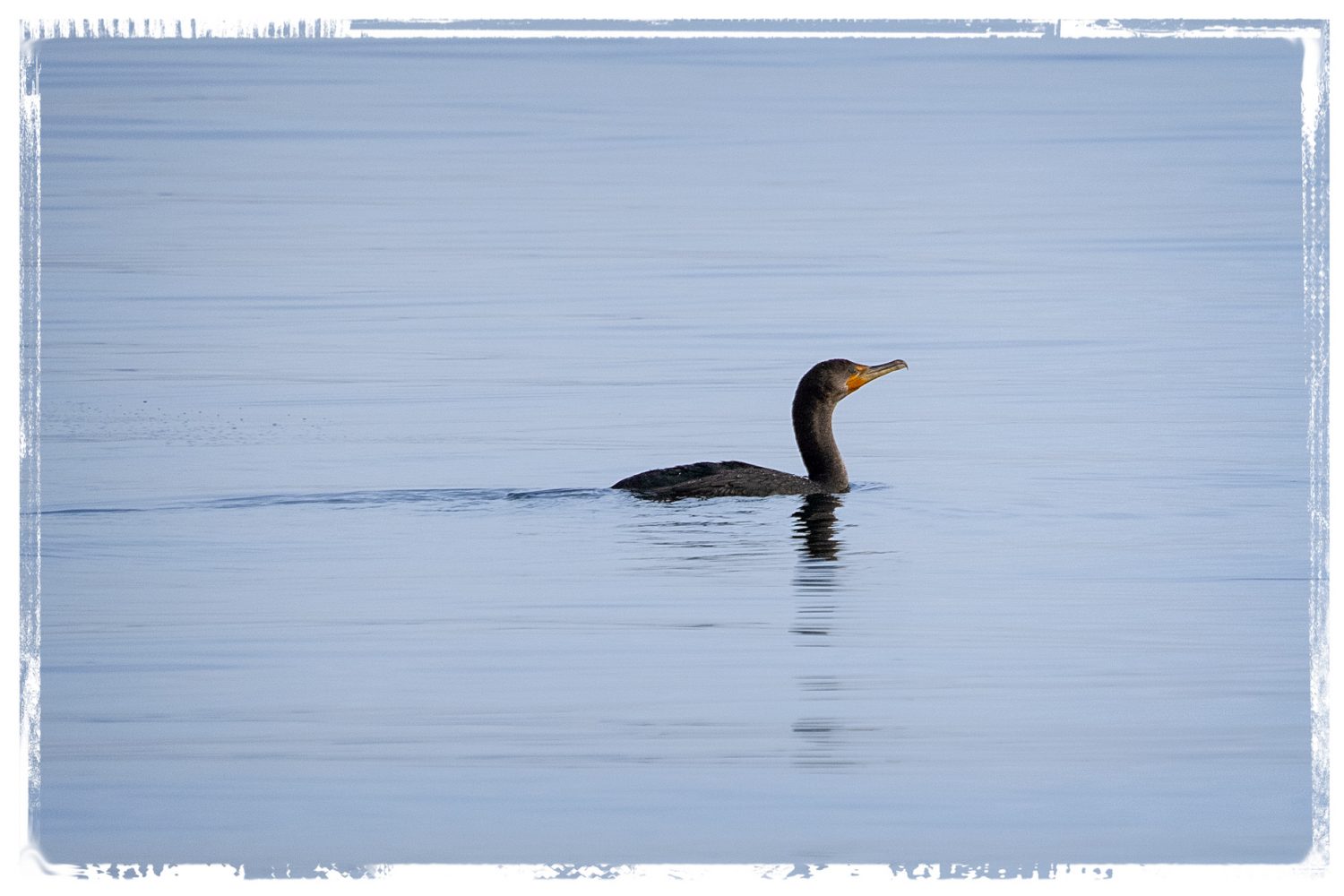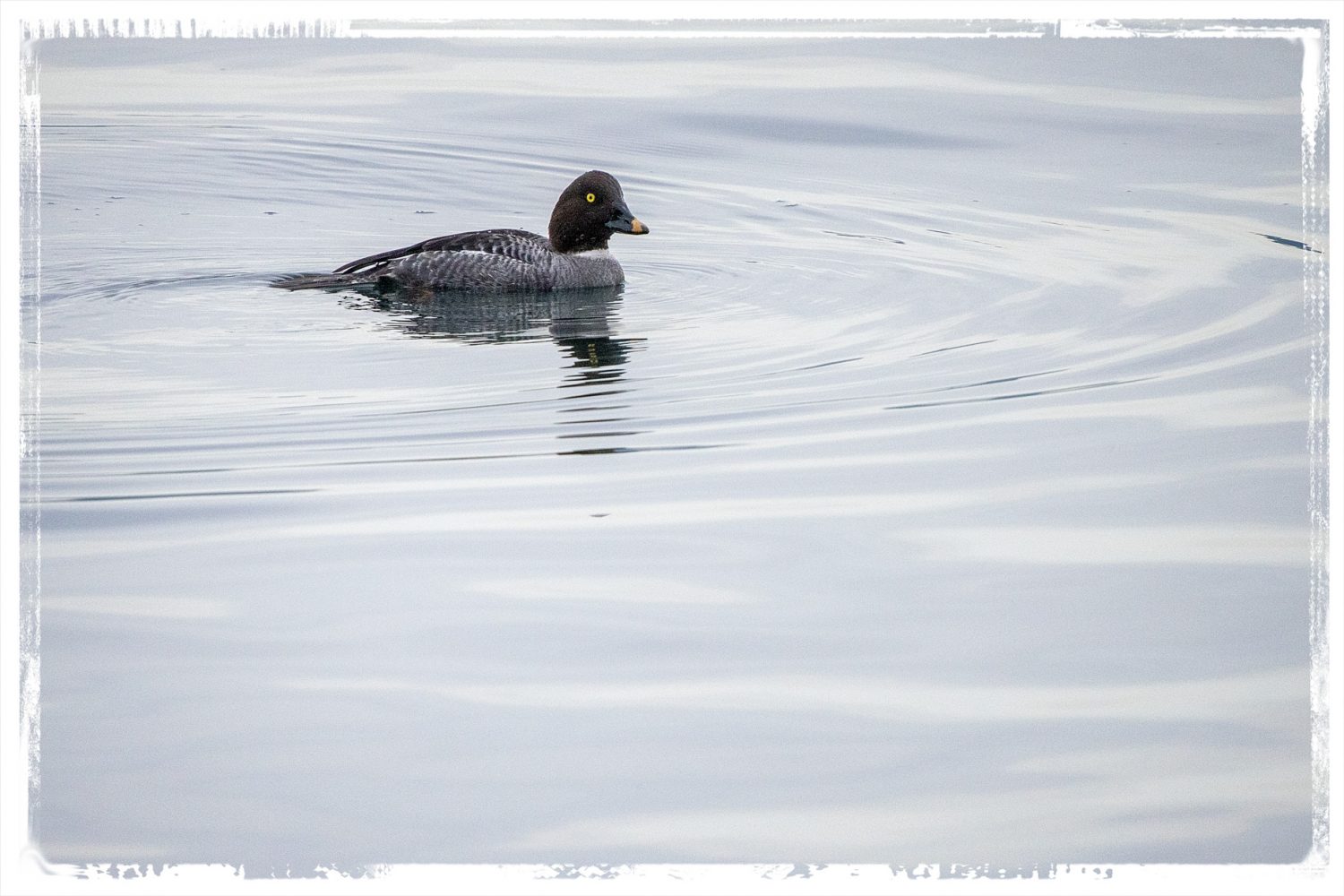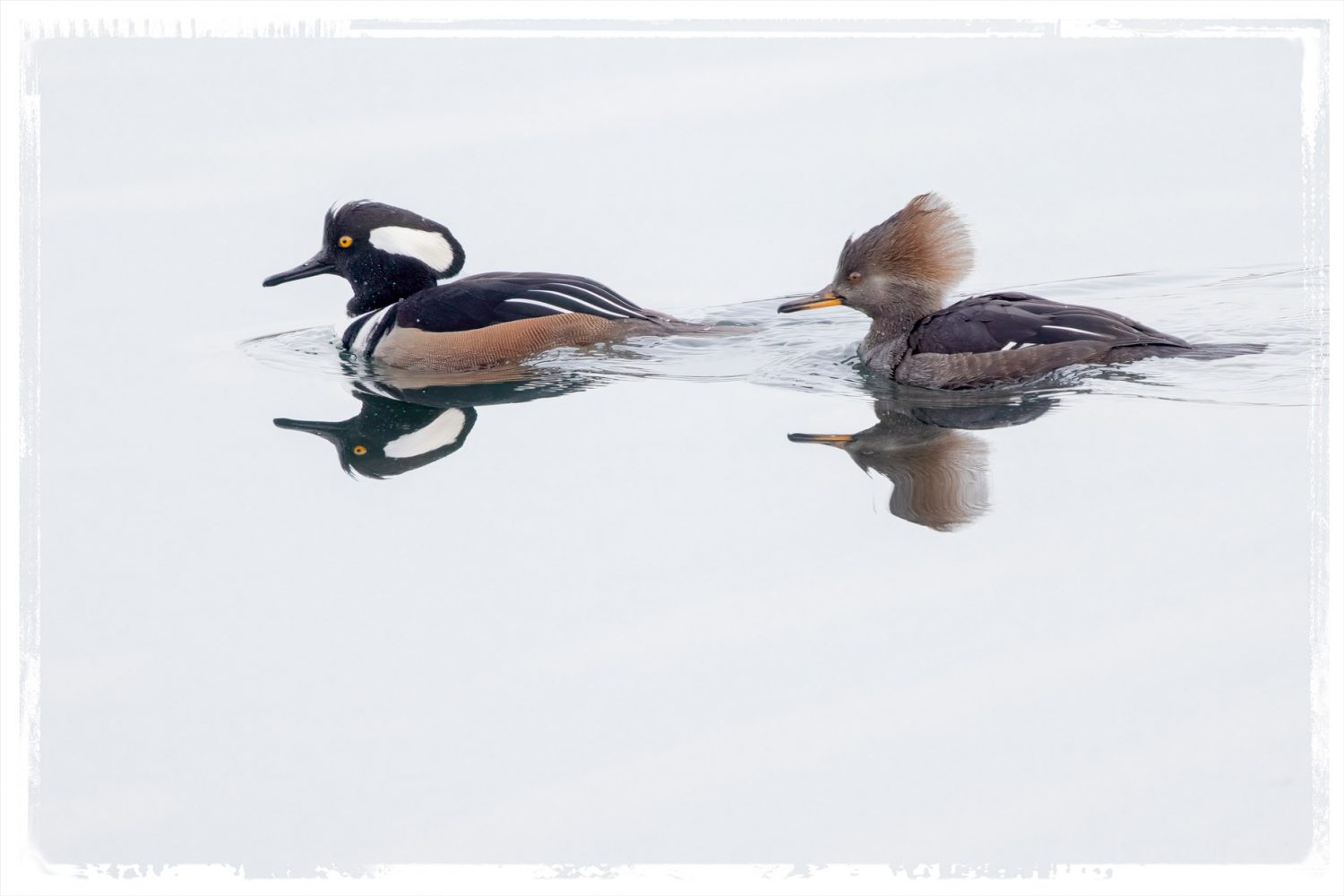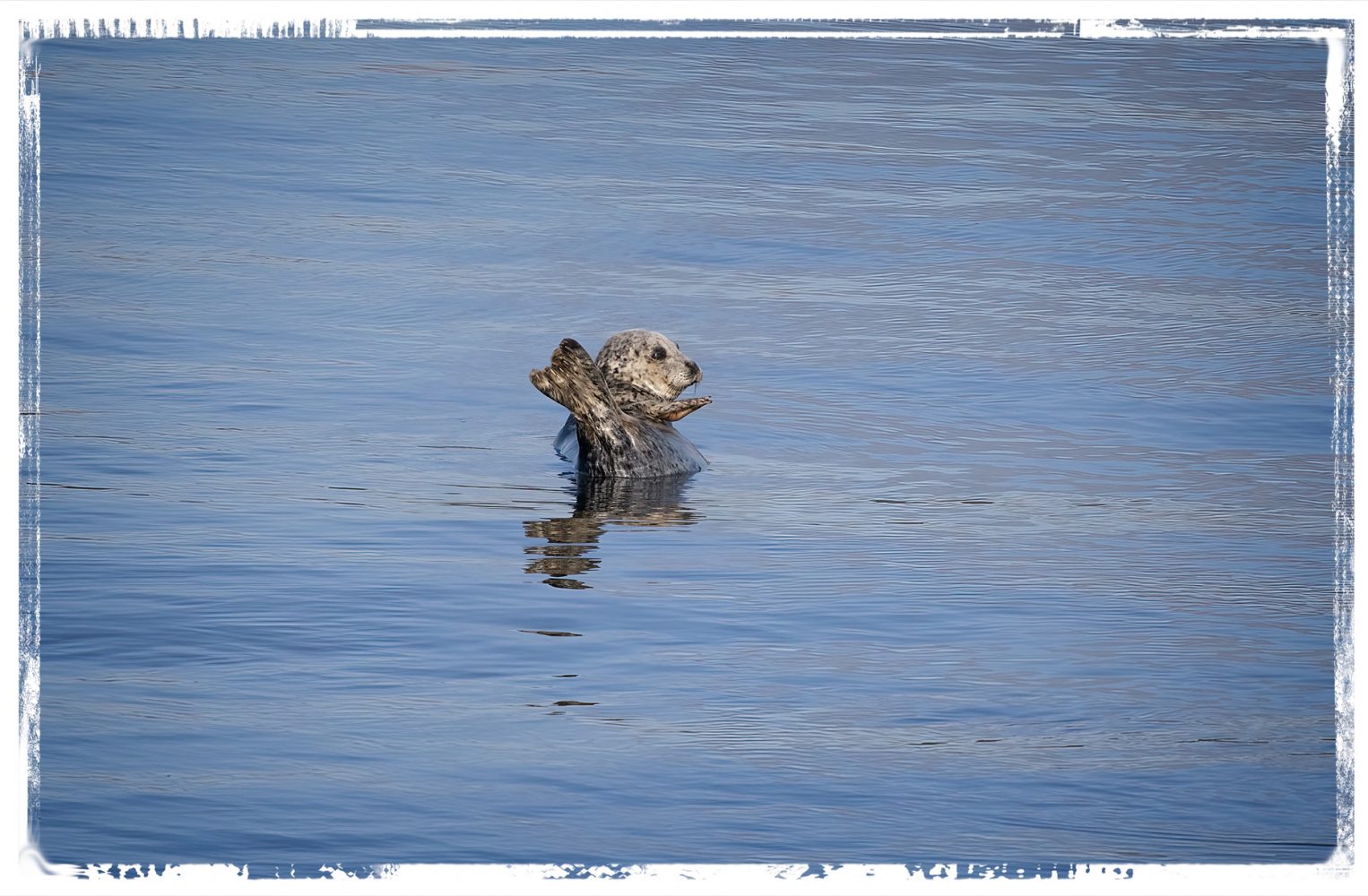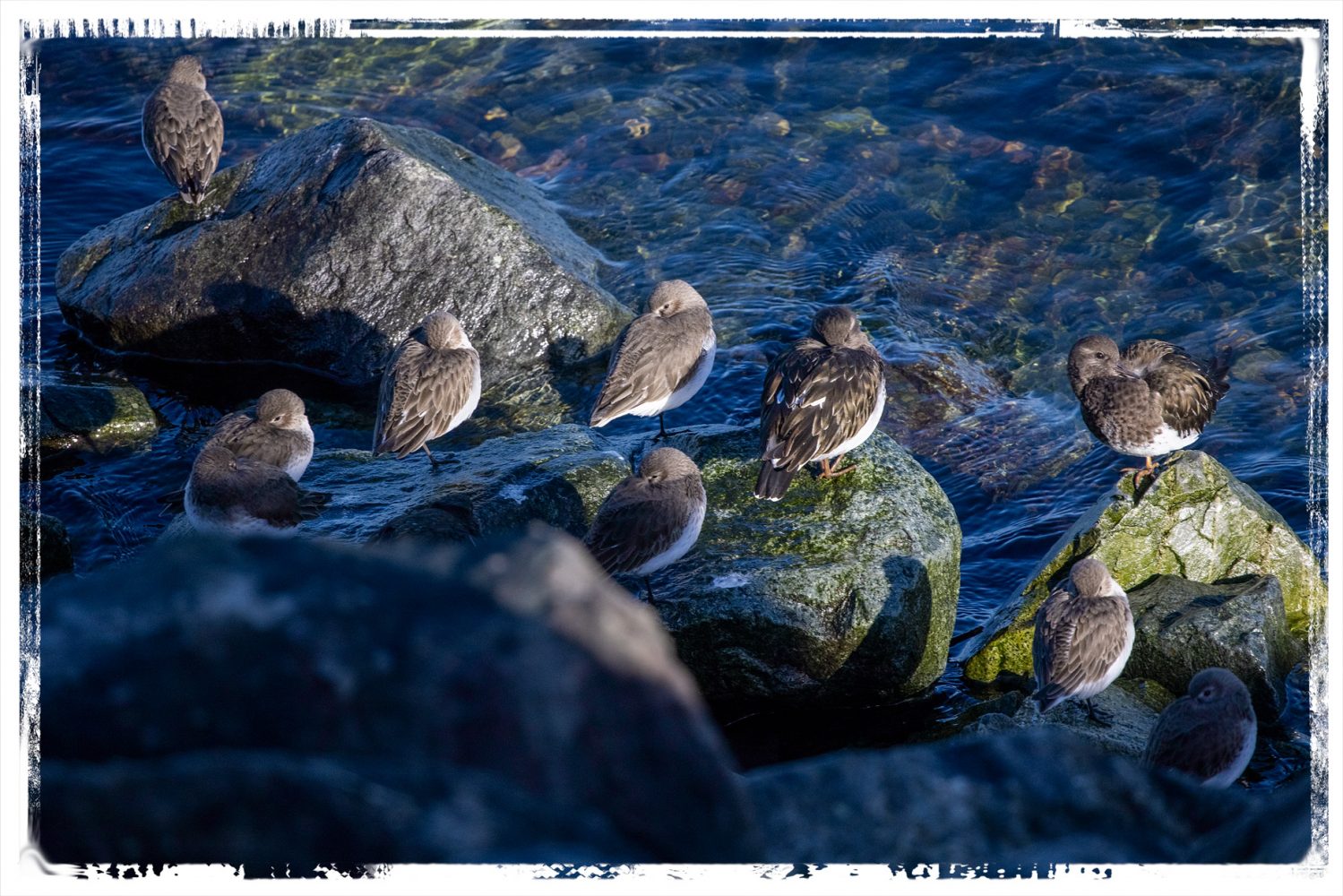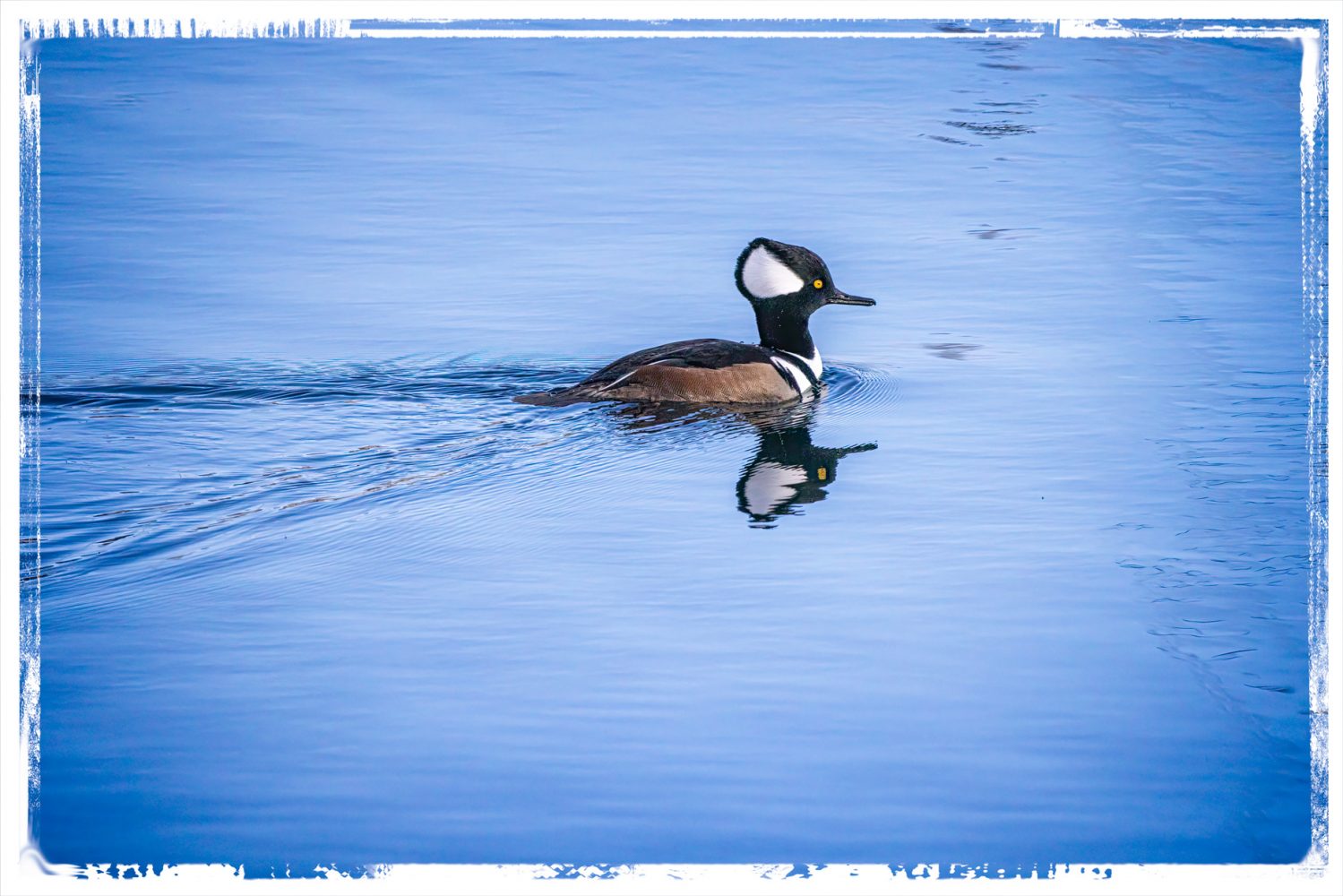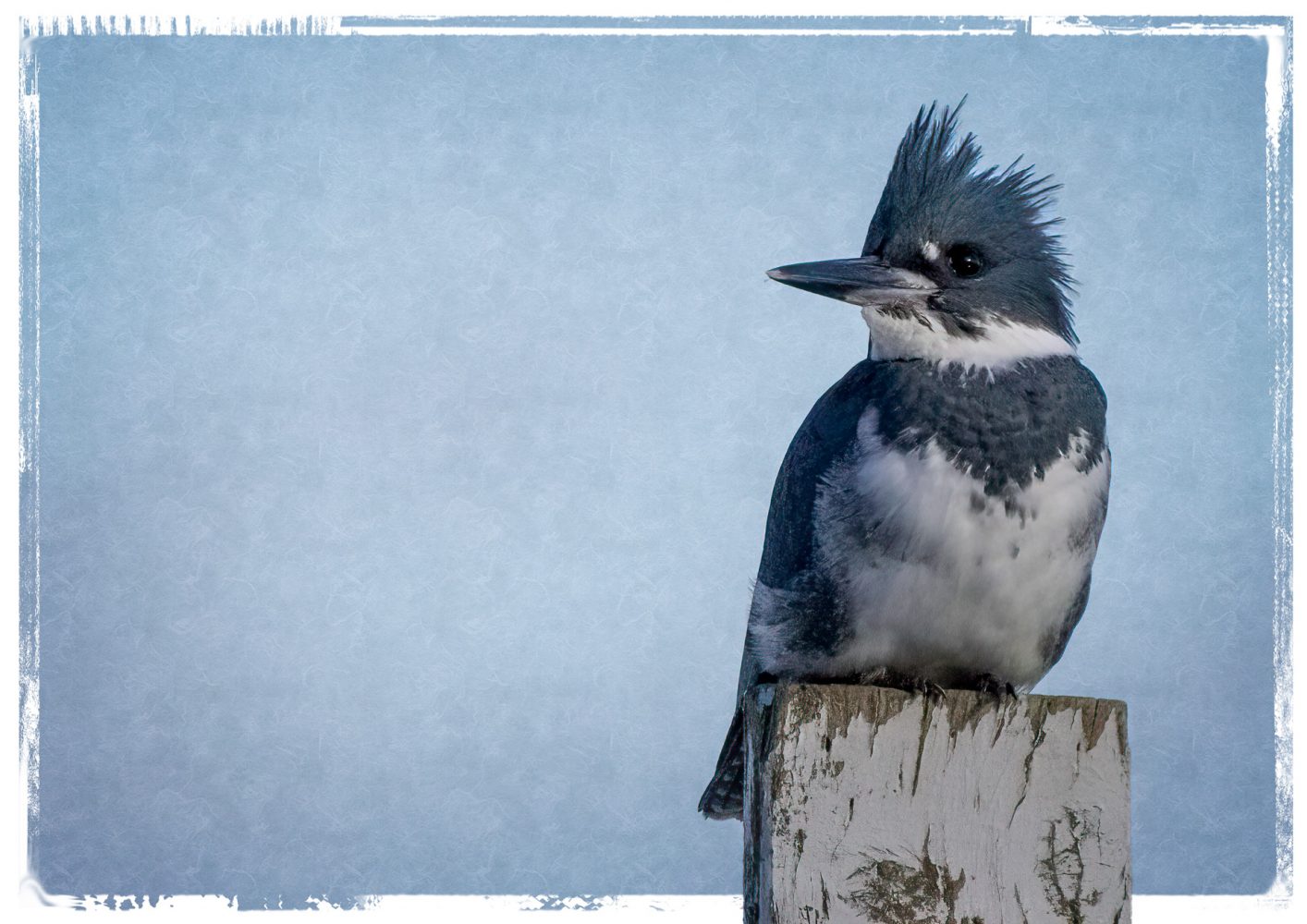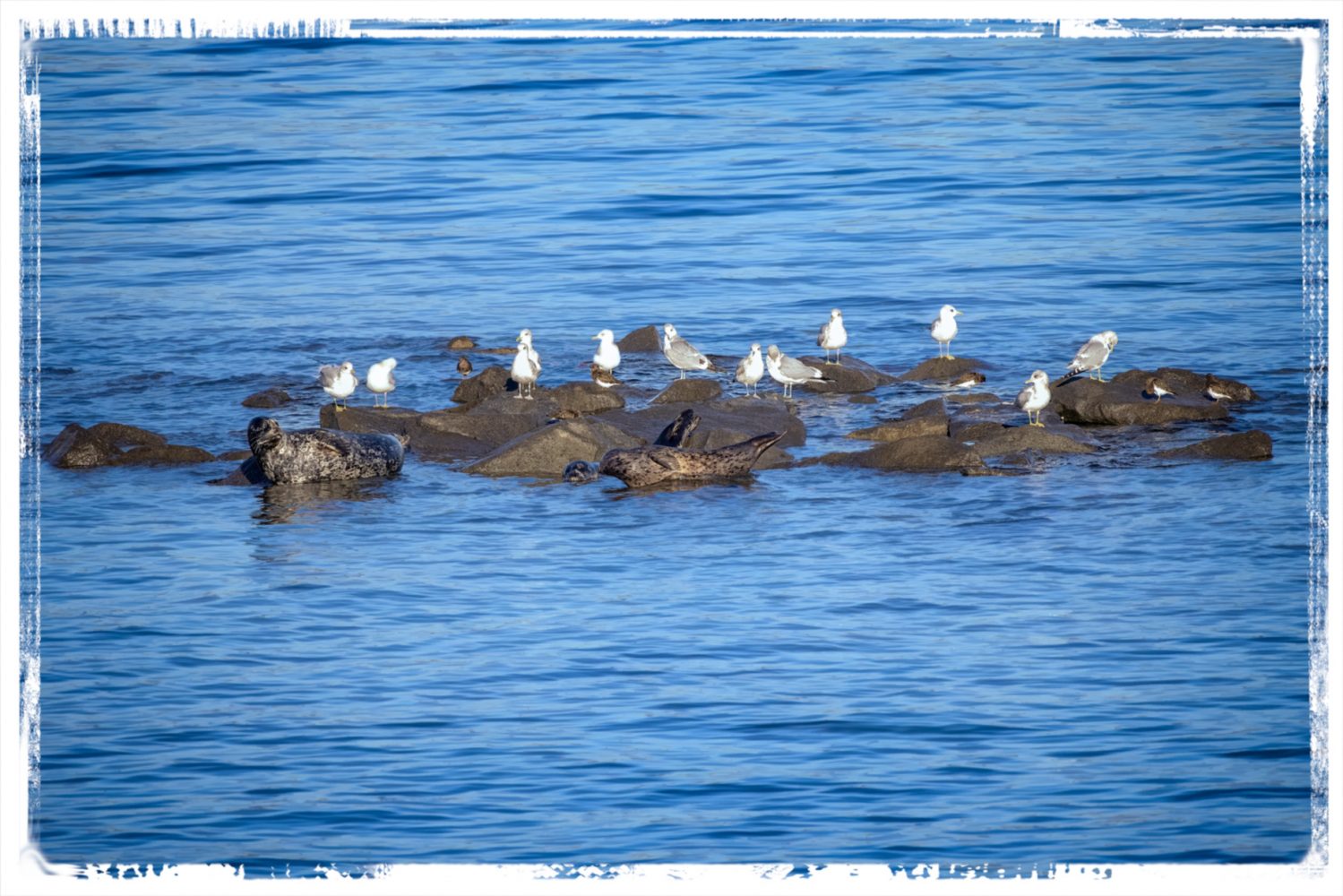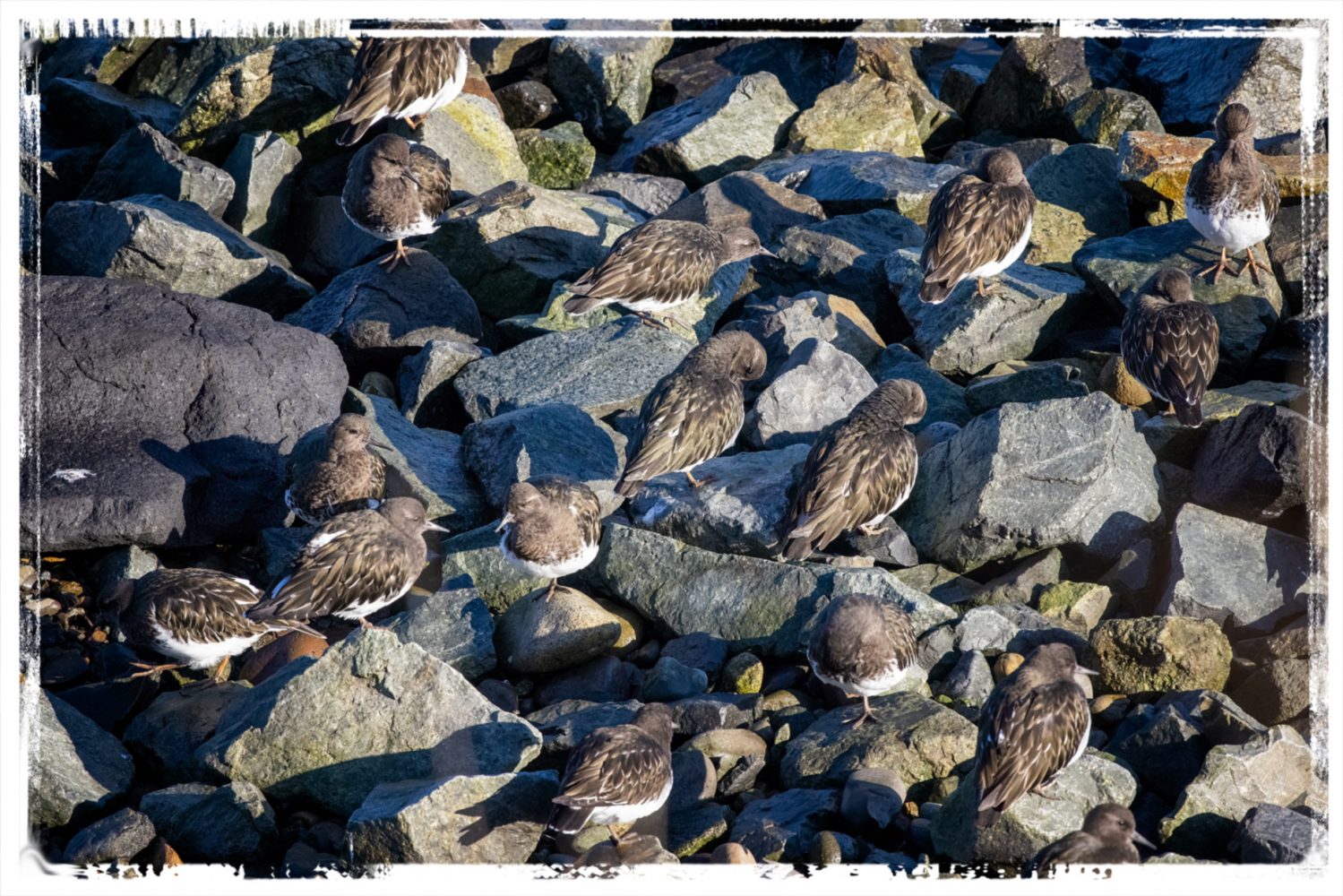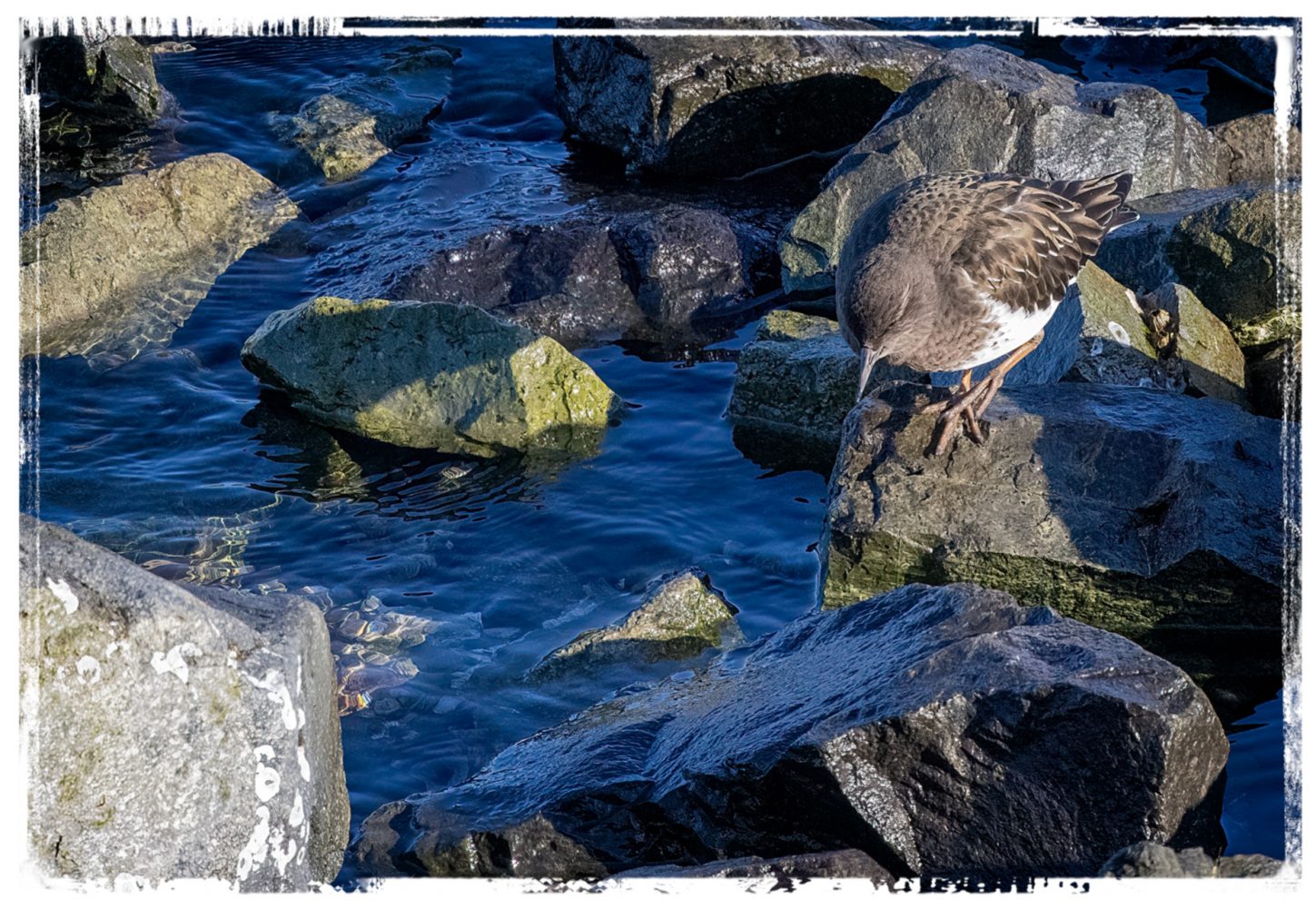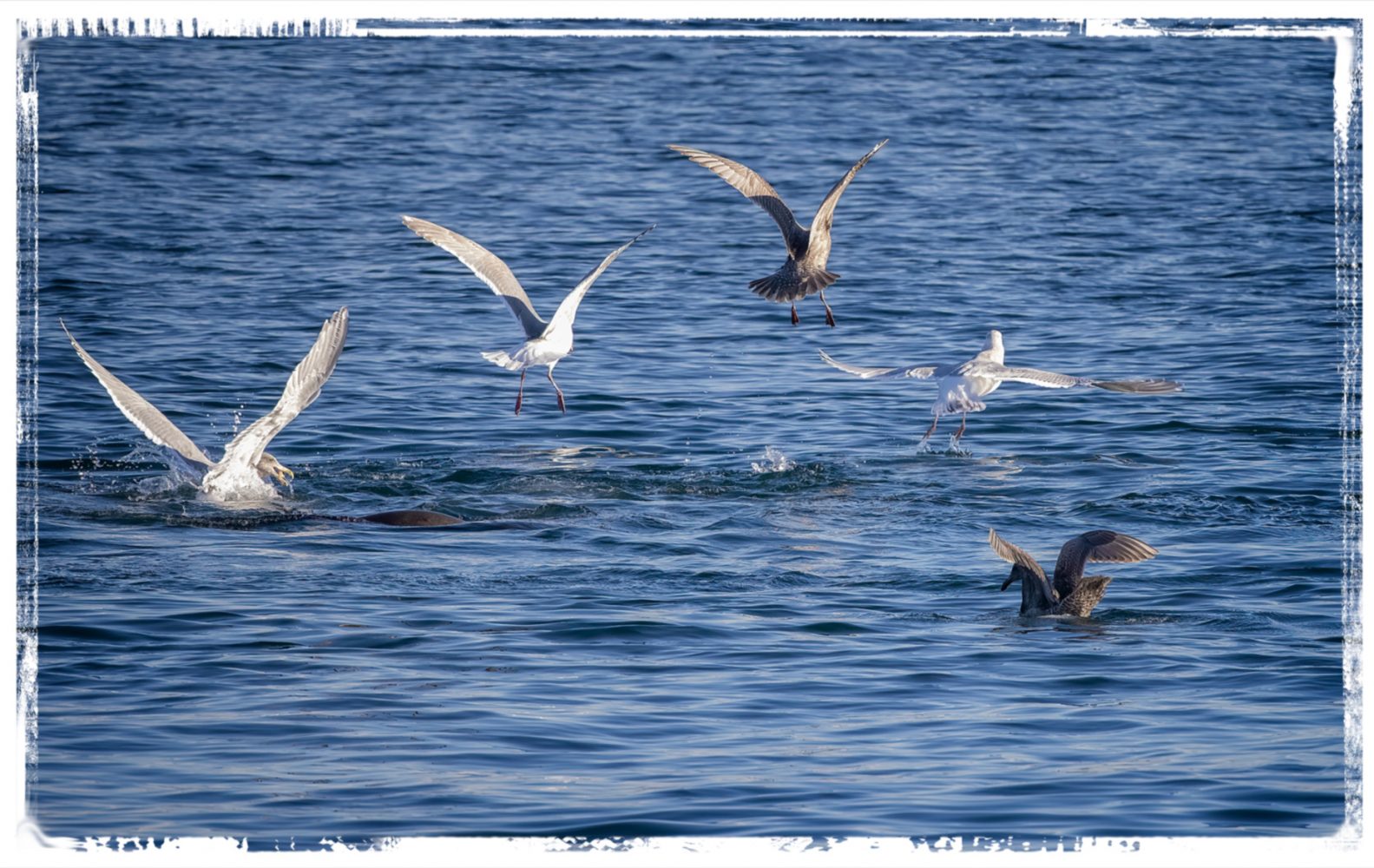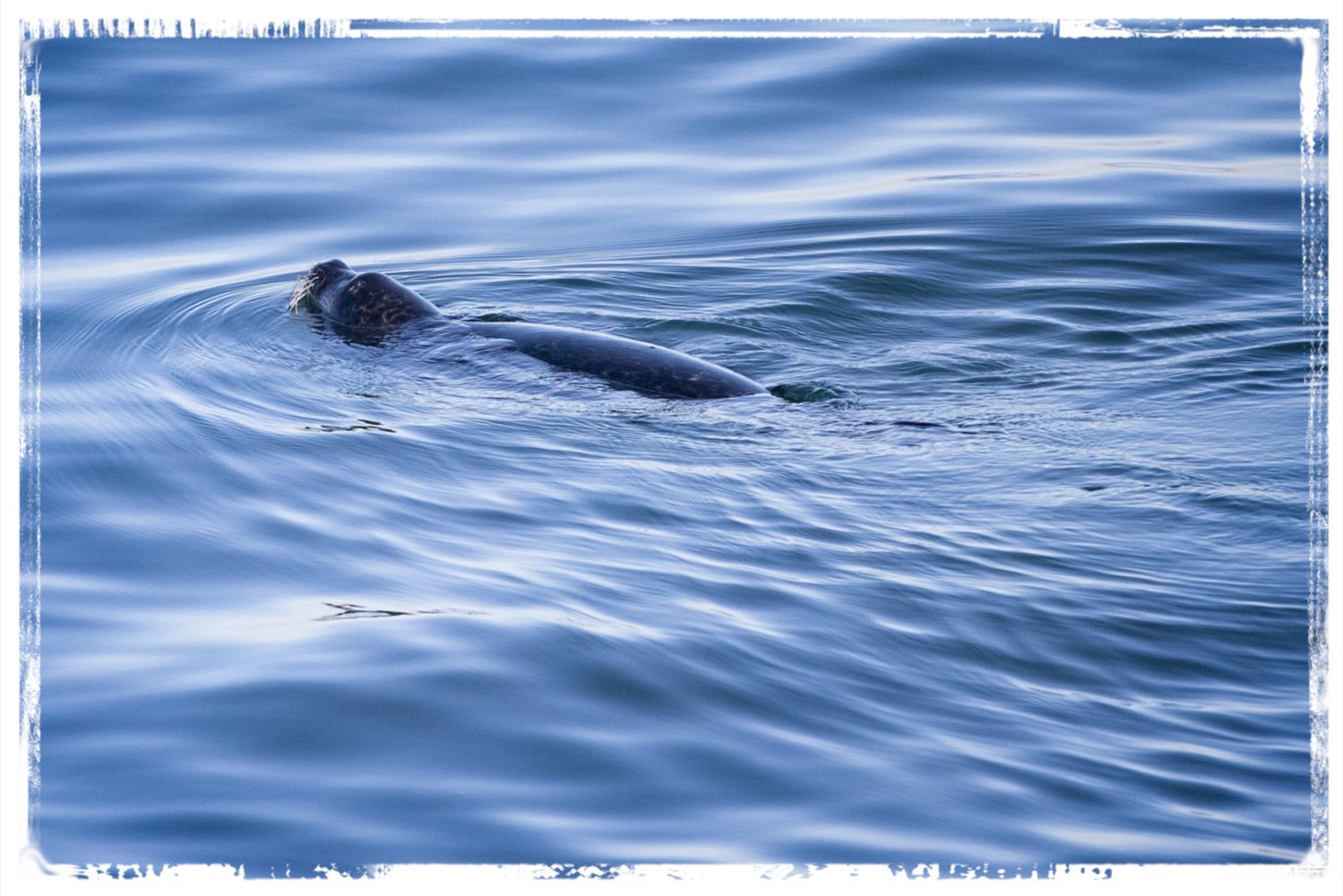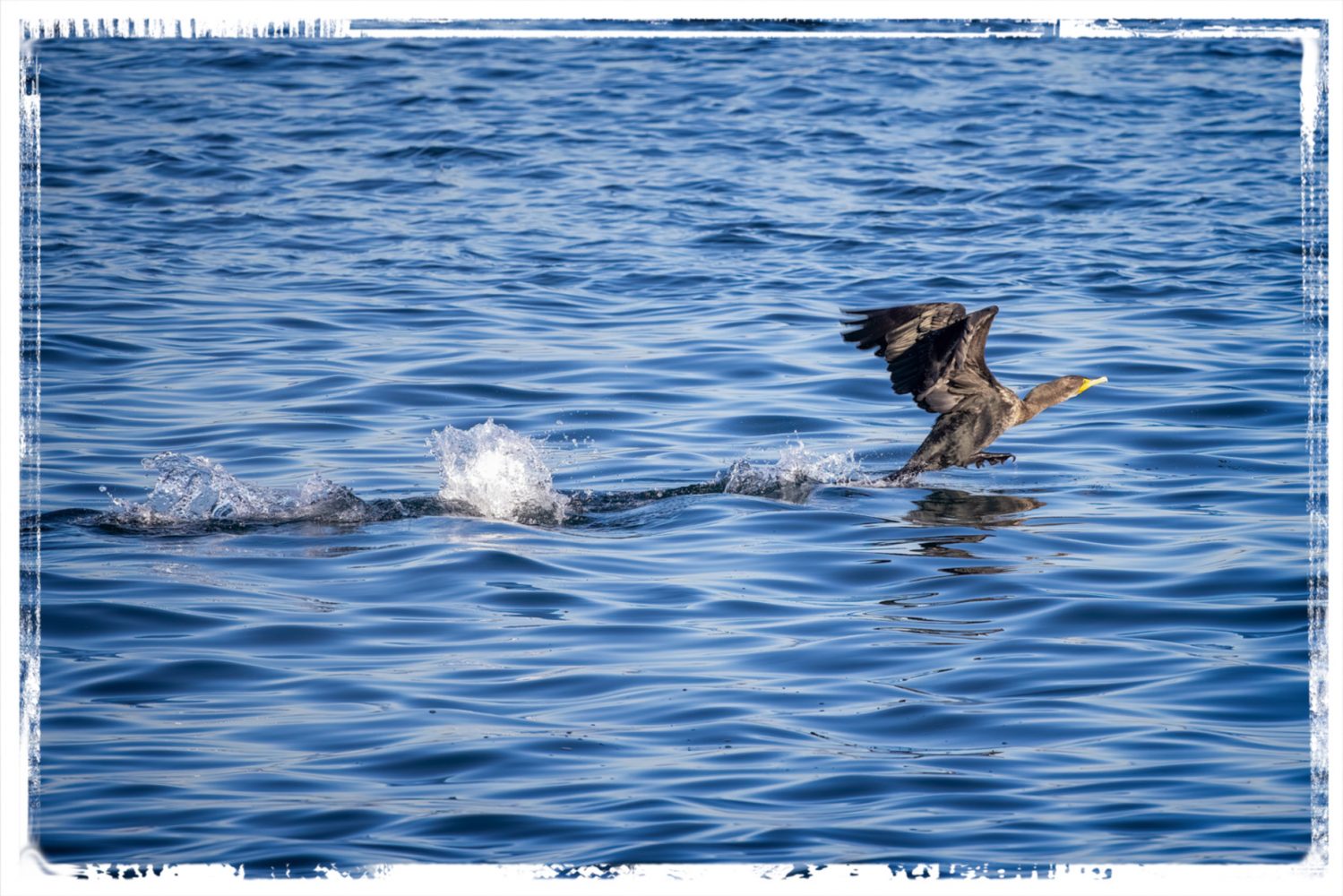I’m not sure what it takes to make a great photo, but I’m sure that having a good subject helps. I couldn’t have asked for a better subject than this male Hooded Merganser, who seemed to be showing his best stuff to nearby females. Equally important, he seemed totally unaware of the old guy with the camera.
Even when they don’t seem particularly frightened, Hooded Mergansers will turn their back to you and quietly paddle away, perhaps occasionally glancing back to make sure you’re not pursing them. I thought this little guy was going to bump into me, though. He gave me a string of poses that a model would have been proud of.
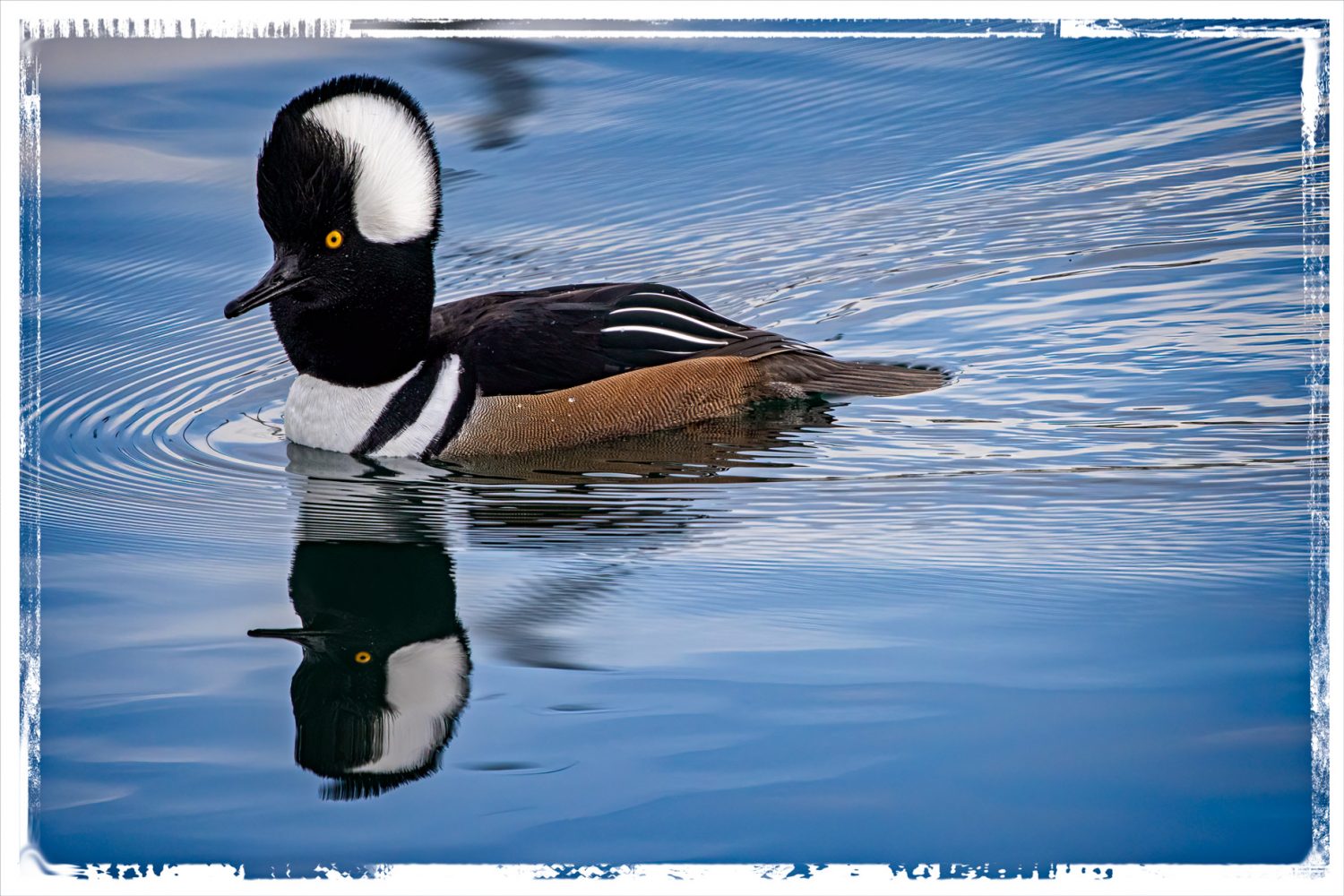
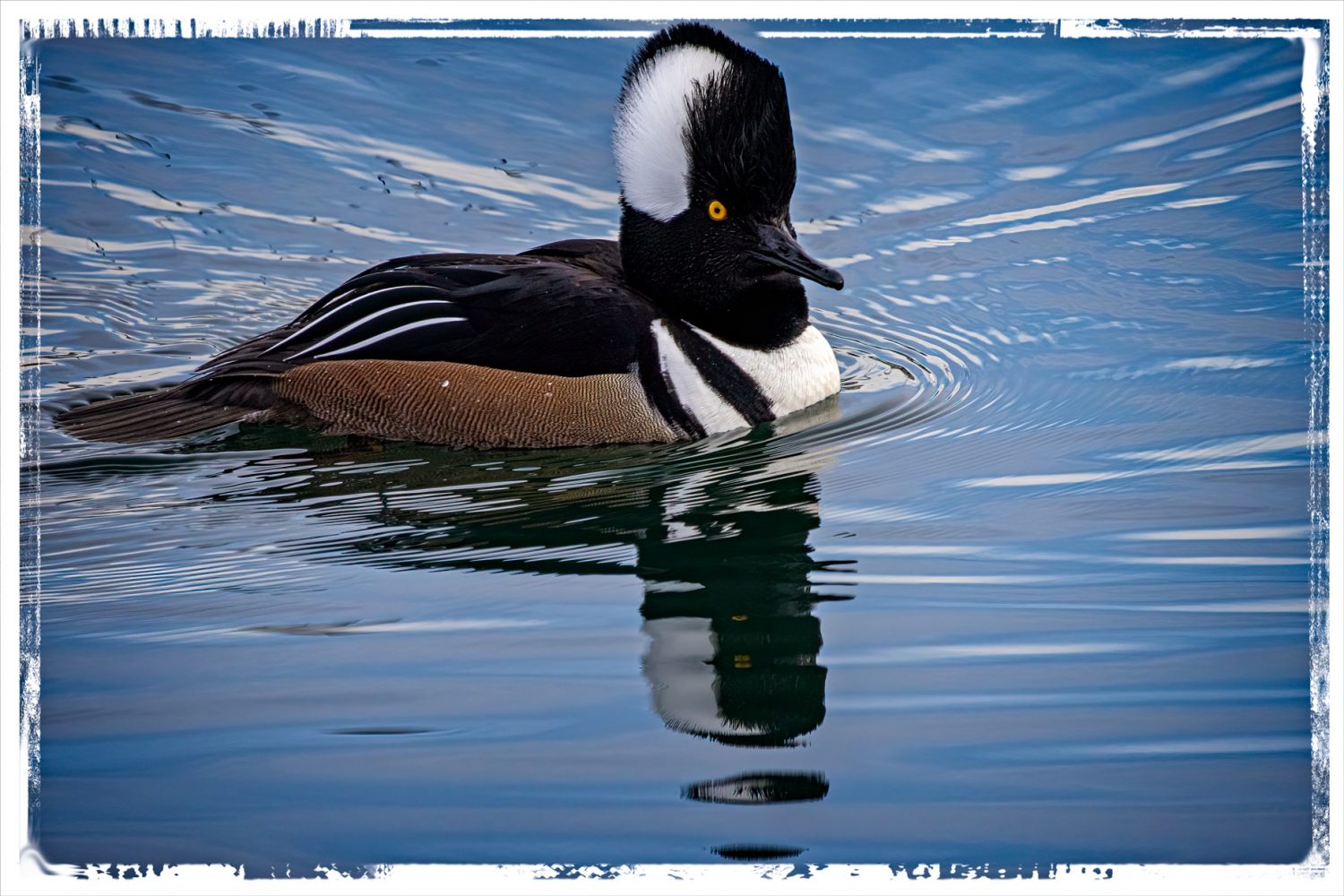
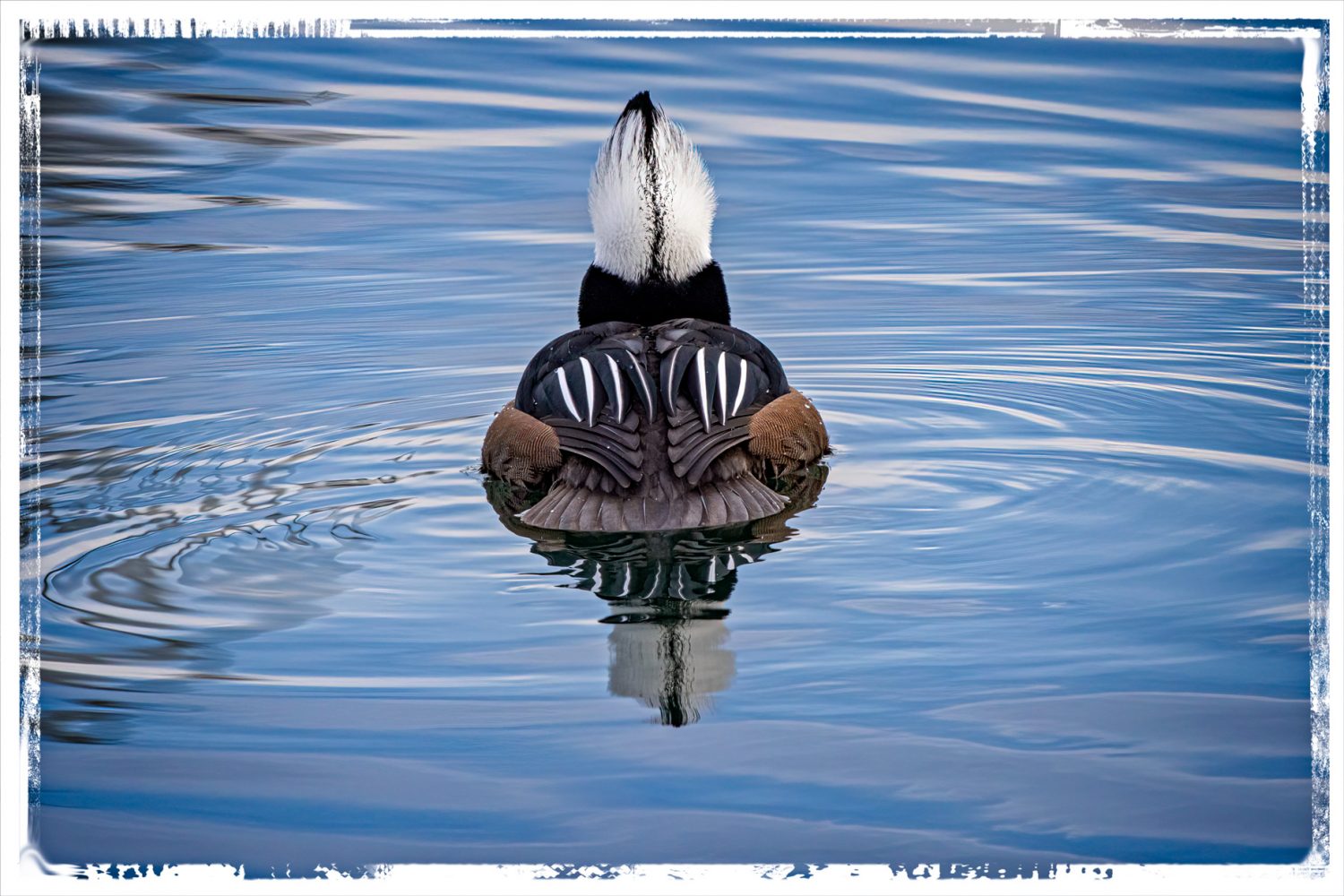
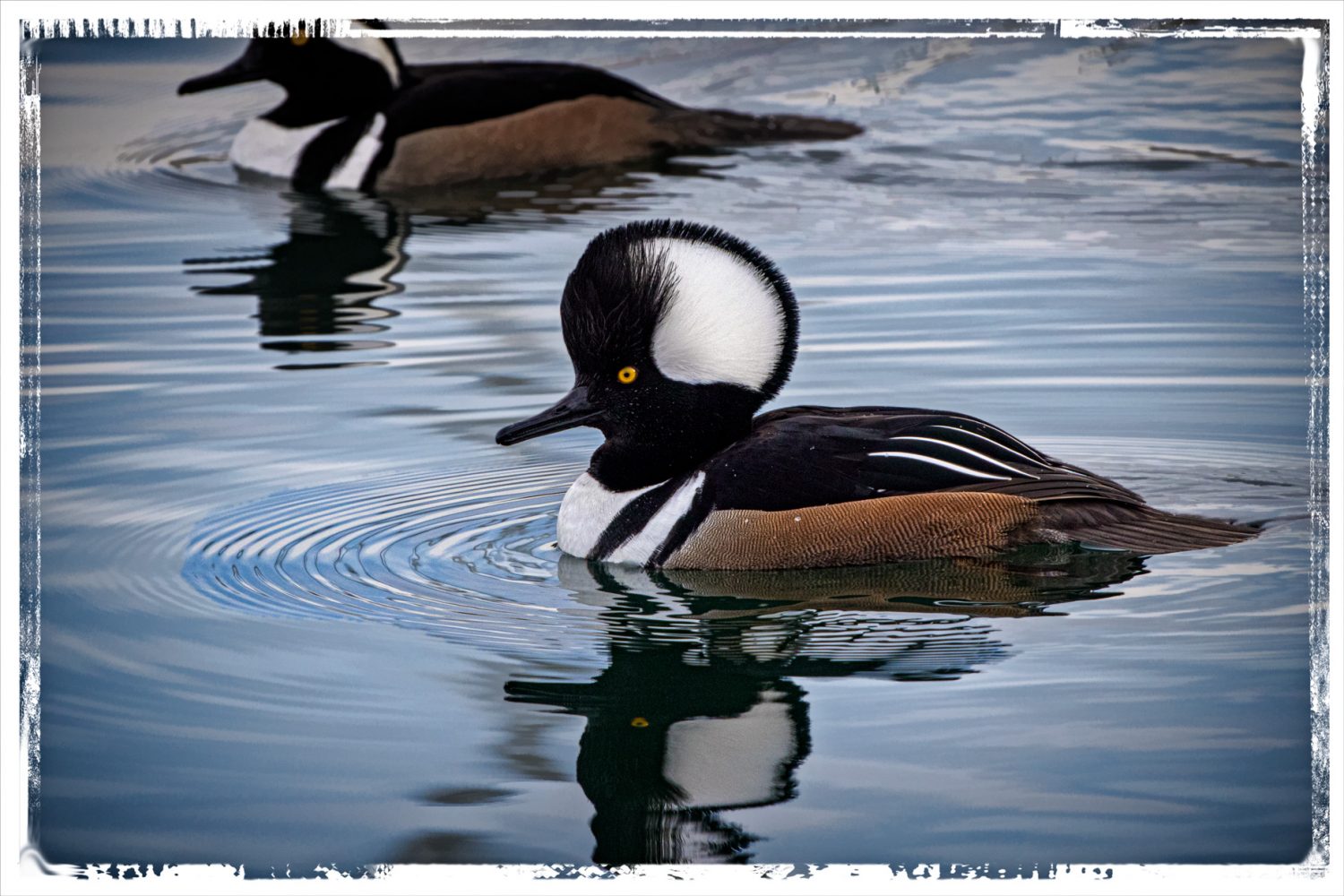
If I had ever fulfilled an early ambition of carving birds, this series of photos would have served as the perfect guide.

